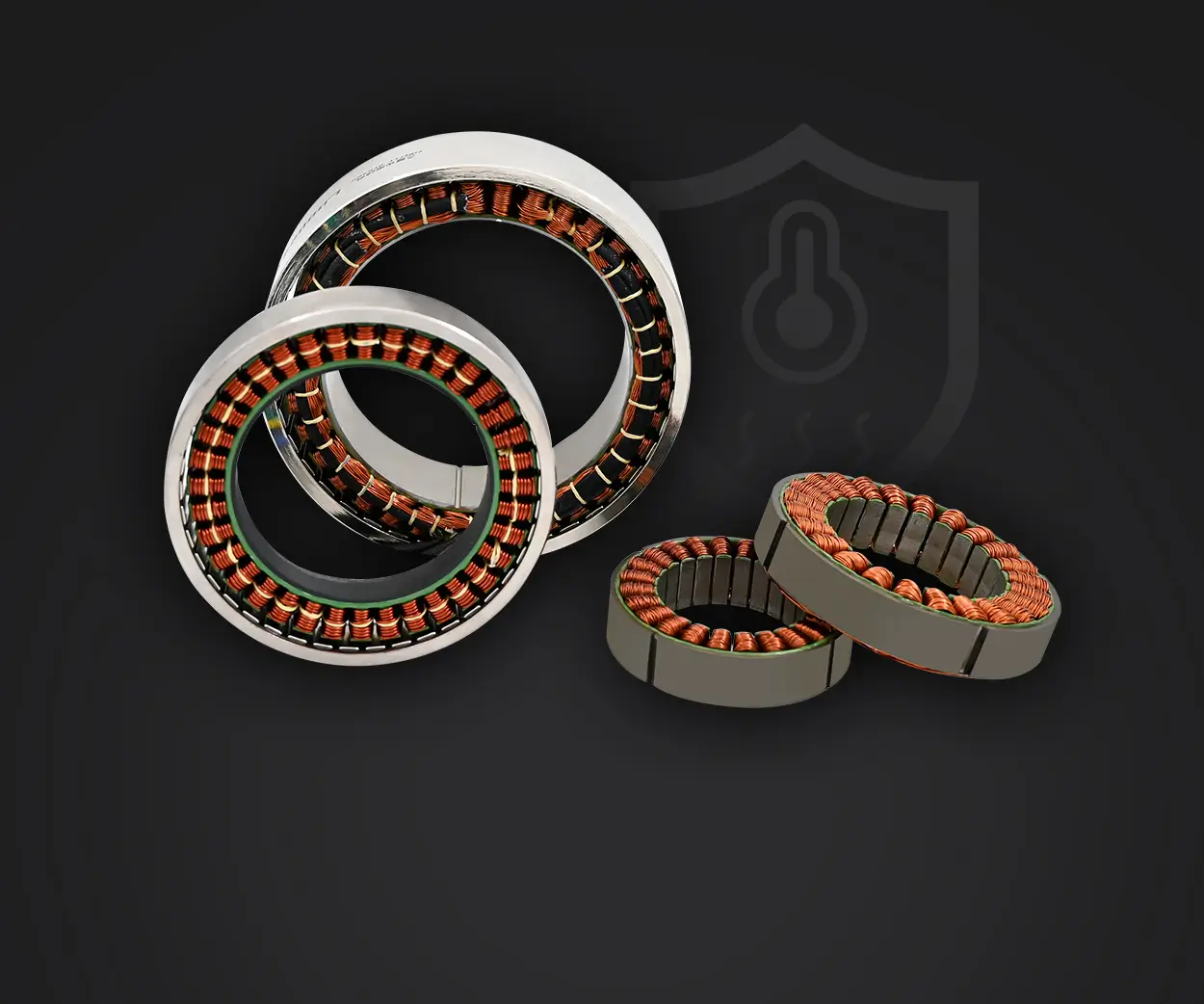Imagine trying to run a bustling city with every building acting on its own—sounds chaotic, right? That’s where microservices data sharing kicks in. It’s like a smart traffic system that keeps everything flowing smoothly, even when each part handles its own requests. Companies that leverage this approach find a way to keep their systems flexible, scalable, and, frankly, more fun to manage.

Now, picture this: a retail company with multiple microservices—one handling inventory, another managing orders, and a third tracking customer data. When a customer places an order, how does each part stay up-to-date? Data sharing examples come into play here. Instead of building one giant monolithic app that can crash under pressure, these microservices chat with each other—calling, listening, sharing information in real time. That’s the magic behind seamless shopping experiences, even during peak hours.
Think about a real-world question: is data sharing really efficient across different microservices? It sure can be. Using techniques like event-driven architecture, microservices can broadcast changes as they happen. For example, when the inventory drops, the order service gets the update instantly—no waiting, no errors. This method reduces bottlenecks and accelerates workflows. Companies adopting this kind of setup often tell stories of how their systems handled sudden traffic surges without breaking a sweat.
Are there concrete examples of how this looks in practice? Absolutely! Let’s say a media platform recommends movies based on your viewing history. Your activity data might be stored in one microservice, while the recommendation engine lives in another. When you finish a movie, your viewing history updates. The recommendation system picks up that data and tweaks suggestions immediately. It’s a lively exchange—data flowing back and forth, making your experience personalized and snappy.
What about consistency? That’s a question every tech-savvy person seems to ask at some point. Techniques like event sourcing or eventual consistency models make data sharing more reliable. Sure, it might not always be instant, but it’s fast enough to keep everything in sync—so users don’t get confused, and the system stays reliable. An example that sticks out is logistics tracking: package updates push across systems, so customers see nearing real-time status without hiccups.
The beauty lies in how flexible this setup is. If you want to add a new feature—say, a loyalty reward program—you can connect it with existing microservices seamlessly. Data sharing examples show how new modules slip right in without disrupting the whole system. That’s a big plus for fast-moving businesses that need to adapt quickly without gumming up their architecture.
So, if you're wondering whether to embrace microservices data sharing, consider this: it’s a game changer for creating resilient, scalable, and user-friendly tech ecosystems. The right tools make this process simpler. When it’s done right, you get a system that’s not just smart but also ready to grow with your ambitions. That’s the kind of approach that turns technical challenges into strategic advantages.
Established in 2005, Kpower has been dedicated to a professional compact motion unit manufacturer, headquartered in Dongguan, Guangdong Province, China. Leveraging innovations in modular drive technology, Kpower integrates high-performance motors, precision reducers, and multi-protocol control systems to provide efficient and customized smart drive system solutions. Kpower has delivered professional drive system solutions to over 500 enterprise clients globally with products covering various fields such as Smart Home Systems, Automatic Electronics, Robotics, Precision Agriculture, Drones, and Industrial Automation.




































